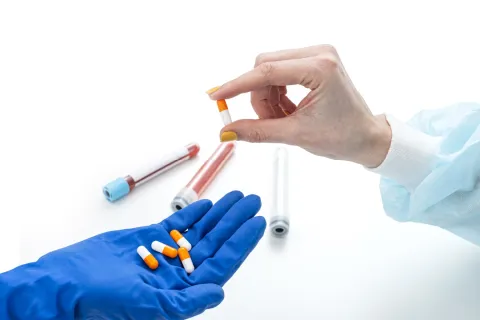
Recently, Per the revised Manual of Policies and Procedures (MAPP) of the United States Food and Drug Administration (USFDA) has proposed new labeling rules under Section 505(j)(10) of the Federal Food, Drug, and Cosmetic Act (FD & C Act). This Section covers the FDA’s approval of an Abbreviated New Drug application (ANDA) even after a few changes in the labeling for the Reference Listed Drug (RLD). When the FDA’s approvals of labeling changes for the RLD and the ANDA are scheduled simultaneously, the revised process needs to be followed.
The MAPP is sixteen (16) pages and is effective from July 27, 2021. It administers Section 10609 of the Patient Protection and Affordable Care Act (PPACA), which was passed in 2010 and added to 505(j)(10) of the FD and C Act. The MAPP contains a detailed description of what needs to be done by the ANDA applicant when the changes in RLD’s labeling are not included in the proposed ANDA labeling.
According to the updated labeling process, the ANDA applicant needs to submit a Letter of Commitment. Without this, the FDA is unable to approve the Generic drug.
Understanding the Letter of Commitment
Initially, the ANDA applicant receives a General Advice Letter from the FDA. This Letter summarizes the FDA findings to date and offers recommendations to make sure that the actual drug, Active Pharmaceutical Ingredient (API), and raw materials do not contain the specified impurities or are below the recommended level. Post this, the ANDA applicant has to submit a Letter of Commitment to the FDA in which the applicant commits to submit the revised labeling within sixty (60) calendar days of the date of notification in the General Advice Letter.
It is a mandatory submission as per the MAPP. It allows FDA to approve the ANDA even when the said changes in the RLD are not included in the proposed labeling of the ANDA.
As part of the MAPP, the FDA has mentioned a few criteria for the approval of the ANDA. The application needs to meet all of these for it to be approved, notwithstanding the labeling changes. Once the same is established, the Office of the Generic Drugs (OGD) receives a request by the ANDA applicant. It is to facilitate the staff to check if the application is eligible for approval by the FDA. The OGD plays a significant role in managing the modifications in the labeling changes, Patent, Exclusivity, archiving system, etc.
Templates and Other Important Details Covered in the MAPP
Once the FDA approves the ANDA, the Post Approval Labeling Requirement (PALR) status is tracked monthly. The ANDA applicant has to submit revised labeling in the “Supplement – Changes being Effected” within sixty (60) calendar days from the date of the General Advice Letter. This step ensures that the revised labeling is included in the approval letter, if not added earlier. At the time of labeling endorsement, the approval phase is completed.
Here is a list of important templates that are included in the updated MAPP to help ANDA applicants manage the labeling changes:
- General Advice Notification
- Supplement Labeling – Post Approval Commitment
- Post Approval Labeling Requirement
The revised manual is new, and it can be quite challenging for the ANDA applicants to decode and meet all the statutory requirements in the proposed timelines. Reach out to a Regulatory partner like Freyr, who is well versed in all the latest updates and offers compliant and timely solutions for a successful ANDA submission.









